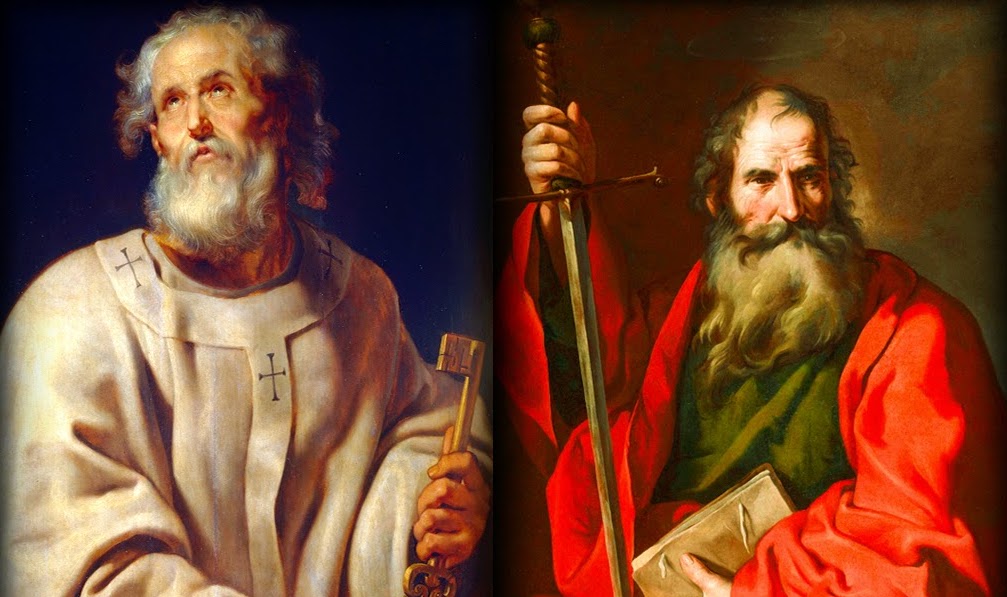In 1889, an Indianapolis pastor named Oscar McCulloch gave a speech that empowered the development of eugenics in America. McCulloch had studied the Ishmaelites, a poor, white, extended family, and named his speech, “The Tribe of Ishmael: A Study in Social Degradation.” Surrounded by impoverished white migrants in his city, he argued that their poverty was hereditary: they were–he believed–descended from “the old convict stock which England threw into this country in the seventeenth century.” (Quoted in The History of White People by Nell Irvin Painter, p260-261)
Login to read more
Sign in or create a free account to access Subscriber-only content.
Topics:
